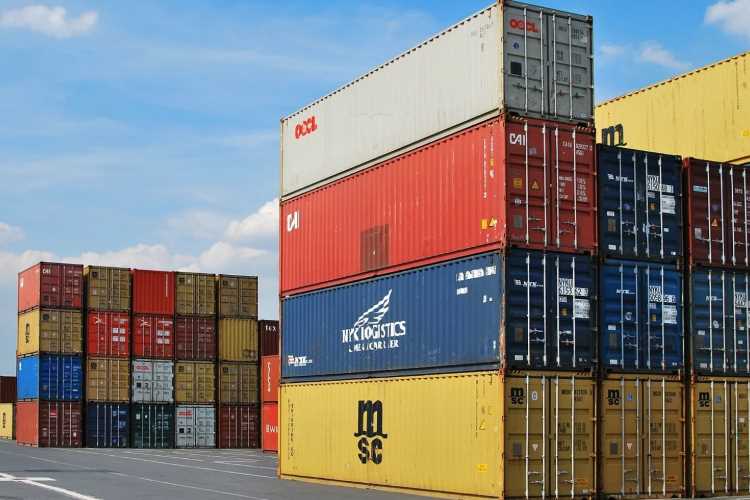
India’s relations with most of its neighbours are facing tough challenges. Its ties with the northern neighbour China have been at the lowest ebb in the last few months. During his first term as the prime minister, Narendra Modi focused on the Act East policy and the ‘neighbour first’ initiative, which received appreciation in the region. The initiative also prioritised the relationship with the SAARC members. Modi may have to renew his efforts to have closer economic ties with India’s neighbours to ease the geo-political tensions in the region.
So far, SAARC has failed to foster close trade ties among South Asian nations. India dominates SAARC in terms of political geography, strategic position, massive demography, superior military and diversified natural resources. India’s upper hand in the regional economy has resulted in an environment of mutual suspicion within the organisation.
READ I Covid-19: Surviving the economic tsunami of global recession
Given this background, India and seven nations in the littoral and adjacent areas of the Bay of Bengal — Bangladesh, Bhutan, India, Nepal, Sri Lanka, Myanmar and Thailand — formed the Bay of Bengal Initiative for Multi-Sectorial Technical and Economic Cooperation (BIMSTEC). Within this regional bloc, countries of eastern South Asia, namely Bangladesh-Bhutan-India-Nepal (BBIN) constitute a sub-regional bloc with the objective of better economic cooperation. It was a major initiative to resolve the ineffectiveness of SAARC. The council of ministers agreed to form the sub-regional body as the South Asian Growth Quadrangle (SAGQ). The focus of this group is trade, connectivity, transit, investment in power generation, water management, co-operation in energy, power trade, and people-to-people contact.
The volume of intra-region trade in this sub-region is still below its potential. Our analysis of UNCOMTRADE data suggests that India’s trade with Bangladesh, Bhutan and Nepal are $9.46 billion, $0.94 bn and $7.76 bn in 2019. It has increased slightly for Bangladesh and to some extent for Nepal, which are still below the potential.
READ I How can India correct trade imbalance with China
The reason behind low trade volumes is the high non-tariff barriers (NTBs) in these countries. There exists country-wise variance in standards, labelling and other non-tariff measures for the same product. Custom compliance and other regulatory issues and the level of existing infrastructure (soft and hard), which are being predominantly used for trade processes, are significantly lower in quality.
This region has a long way to go in the developmental journey. Our analysis of the logistics performance index (LPI) indicates that these countries’ performances are not as good as expected. India’s position is better than other countries, but has to improve tremendously. Delays due to transhipment issues, poor and almost non-existent infrastructure at some land custom stations of every countries, and customs-related documentation and cargo clearance problems are significantly adding up to the time as well as the financial costs of conducting trade among these nations.
READ I FDI from China: India must balance strategic and economic interests
Nevertheless, an improvement is possible if countries want to boost their economies. The countries have already started high-level dialogues. India can be hopeful because FDI inflow into Bangladesh from India was approximately $166 million in 2019. Furthermore, India is one of the largest investors in Nepal and Bhutan. There is a huge investment opportunity in these three countries, particularly, with respect to roads and highways, hydro power in Nepal, manufacturing and hydro-power sector in Bhutan, manufacturing and infrastructure in Bangladesh. Apart from these projects, India has identified several trade routes with Bangladesh and Bhutan. They are also trying to boost trade through existing trade routes.
In this context, the BBIN Motor Vehicle Agreement (MVA) is a welcome step for the sub-region. This agreement will allow cargo vehicles to move into other countries, eliminating the need for transhipment of goods from one country’s trucks to the other’s at the border. This will also reduce the time of trade process and the cost. Sub-optimal infrastructure and lack of technology upgradation in trade process result in high procedural barriers that increase transaction cost. For successful implementation of this agreement, the countries need to remove these barriers by establishing political equilibrium. This will optimise economic exchanges between these countries and work as a catalyst for regional development.
(Suvayan Neogi is research fellow (economics) at the Centre for WTO Studies, New Delhi. Dr. Badri Narayanan Gopalakrishnan is founder and director, Infinite Sum Modelling.)
Dr Badri Narayanan Gopalakrishnan is Fellow, NITI Aayog. Views expressed are personal.

